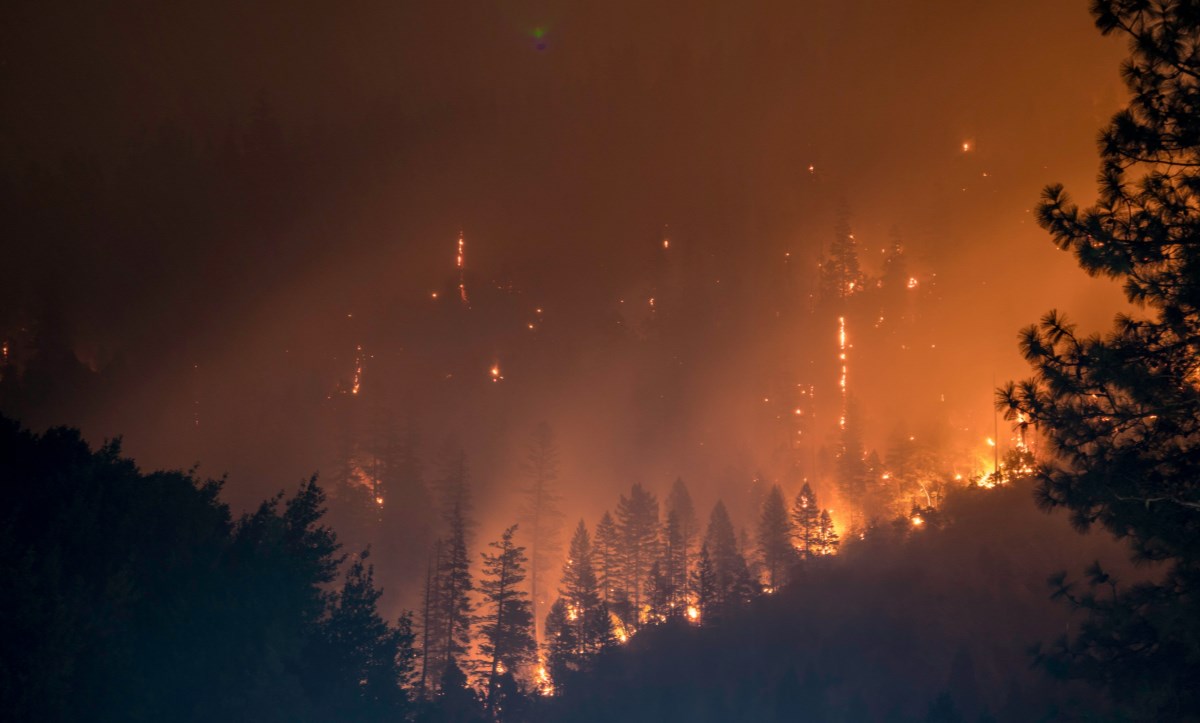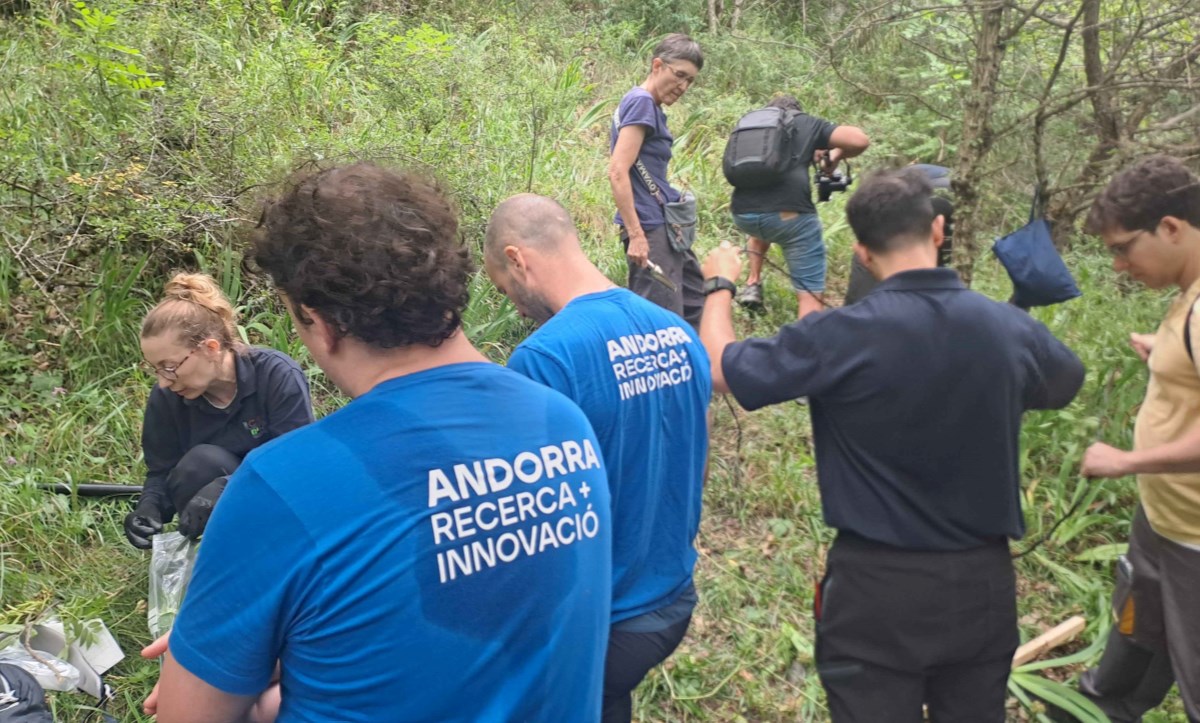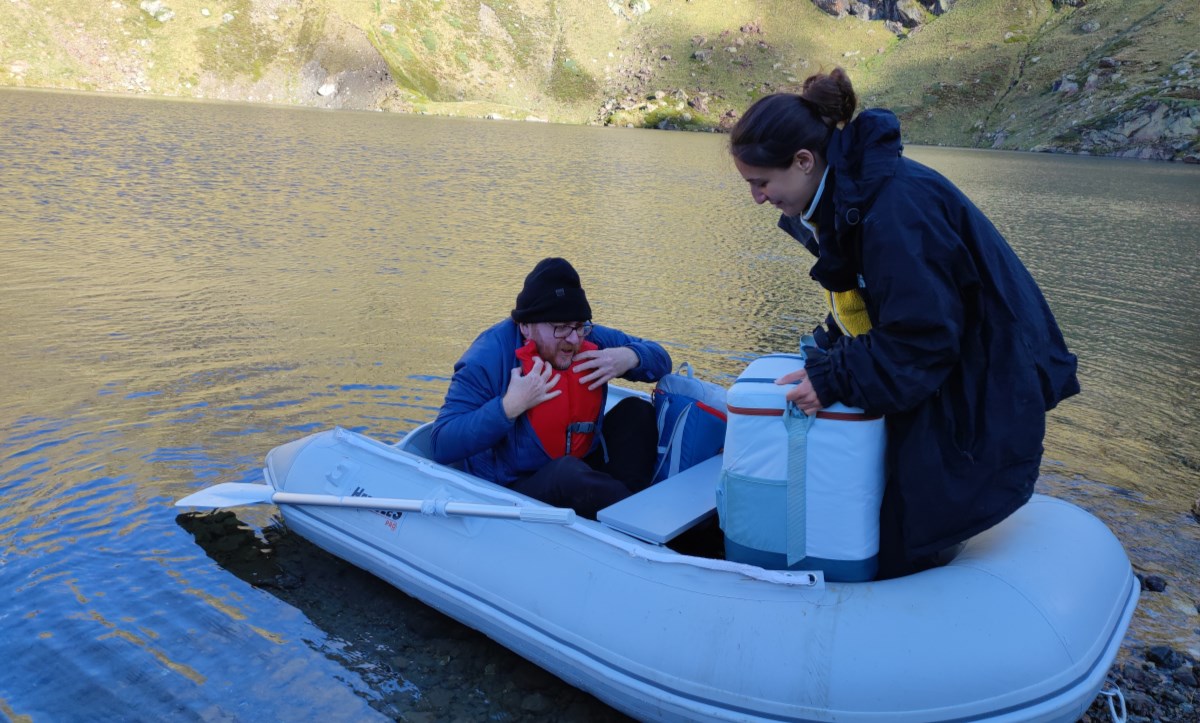Projects


The SenForFire project, part of the Interreg Sudoe 2021-2027 programme, will demonstrate the feasibility of low-cost Wireless Sensor Networks (WSN) for application in forest fire monitoring and early warning systems. In order to assess the risk and detect forest fires in the Sudoe territory, meteorological data and satellite images of the terrestrial surface (remote sensing) are currently used with a low spatial and temporal resolution, and are unreliable (high false positive rate). Moreover, meteorological and remote sensing equipment is expensive.
WSNs use electronic modules with sensors that measure in real time the meteorological and environmental parameters involved in the risk of forest fires. WSNs are also equipped with wireless computing and communication, both between themselves and with the cloud. WSNs are adaptable to the characteristics of the areas at risk, easy to deploy and scalable. They are a proximity tool that complements remote sensing and facilitates co-responsible risk management by municipalities, local communities and the inhabitants of risk areas.
The project will carry out pilot activities in areas of the Sudoe territory with different climates, orography and vegetation with the aim of prevention and/or early detection. It will also develop an Action Plan for the adoption of WSNs in municipalities for meteorological and environmental monitoring purposes and an Action Plan for the training of professionals in WSNs for environmental risk management. WSNs integrate multiple technologies with unequal levels of development in the countries of the Sudoe area, which is why transnational cooperation is essential for the implementation of WSNs, pilot activities and Action Plans. These realizations will benefit municipalities (innovative technology for the effective management of environmental risks), land owners and users (protection of crops, pastures, forests and livestock), SMEs (products and services of high added value and qualified professionals), the young population (quality work and entrepreneurship) and the population in general (health protection, property, infrastructure, natural and cultural heritage) of the rural Sudoe territory.
The project is led by the Instituto de Tecnologías Físicas y de la Información Departamento de Sensores y Sistemas Ultrasónicos del Consejo Superior de Investigaciones Científicas (CSIC) and involves the participation of Spanish, French and Andorran partners, including the Centre National de la Recherche Scientifique (CNRS), the Institute of Microelectronics of Barcelona and the Pyrenean company ARANTEC Enginheria.
Andorra Research + Innovation is part of the consortium and leads two case studies that will be implemented in the Principality of Andorra, specifically in the parishes of La Massana and Sant Julià de Lòria.

 Oriol Travesset
Oriol Travesset Marta Domènech
Marta Domènech Ot Pasques
Ot Pasques

